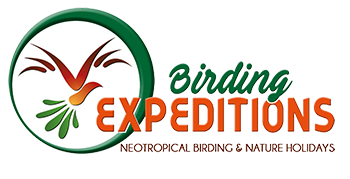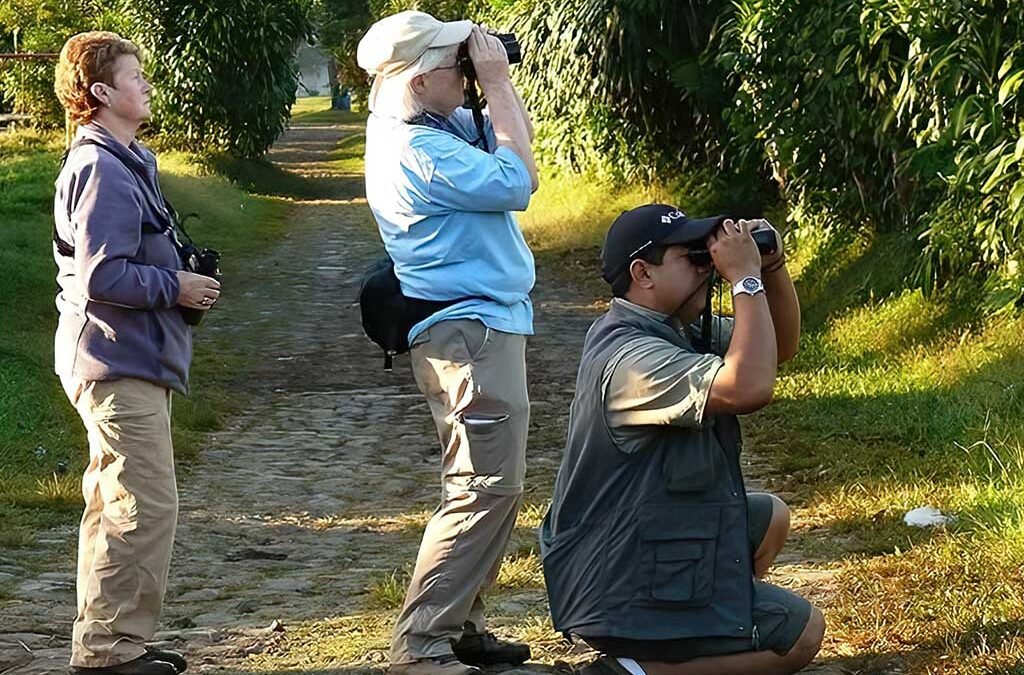Best Time To Travel To Guatemala
Guatemala is a subtropical country. Therefore, there are three basic climatic seasons.
Rainy season:
From May to October, there is a rainy season. June is the month with the higher average pluvial precipitation peaks. July and August have a dog-day week, which are ideal moments for traveling because the rain stops. Still, the bird’s biology and behavior remain in the winter moment.
Dry-cold season:
From November to February, the weather is dry and very cold. These months have the lower peaks of temperature in January and low average ranges in pluvial precipitation.
Dry-warm season:
From March to April, the weather is hot and dry. Therefore, the higher temperature peaks are in April and the lower precipitation averages.
There are two important seasons to be considered depending on your specific interest in birds:
Neotropical migratory season:
A Neotropical migratory bird breeds in Canada and the United States during the northern summer and spends the northern winter in Mexico, Central America, South America, or the Caribbean islands.
Basically, the migratory season goes from October to April. The climate is dry, fresh, and ideal for travel. Most birds from the Nearctic region are moving towards warmer places. The biodiversity of birds has their higher peaks, and the activity of birds searching for food is a fantastic spectacle.
Multispecific flocks’ composition differs depending on the place, and the feeding behaviors and interactions are interesting phenomena to observe. Maybe the best months for visiting the country are November (when all the migrant birds are already in the country) and March (when most migrant birds are moving from the neotropical region to the north).
There are about 200 species of Neotropical migratory birds. Most are songbirds (such as warblers, thrushes, tanagers, and vireos). Still, there are also many shorebirds (such as sandpipers, plovers, and terns), some raptors (such as hawks, kites, and vultures), and a few types of waterfowl (such as teal).
Guatemala Local breeding season:
In June and July, the climate is wet and cold in most highlands. The migrant birds are gone, but the local resident birds are starting the breeding, so most of the birds can be seen in couples. Their nest, eggs, reproductive behavior is accessible and is the best moment for great and very emotive pictures.
Flock composition:
The multispecific flock integration is the most exciting behavior in the neotropics during the migratory season. The warblers from the north in the migratory season search for food, with many other local species taking advantage of the group to increase the success in the hunting.
In the highlands, a Greater Pewee or a similar flycatcher moves and announces the presence of a flock. Immediately behind in the canopy are the Wilson, Towsends, and Red-faced Warblers. The Slate-throated and Painted Redstarts always flying and displayed around. The Worm-eating Warbler is in leaves at the tips of the branches and the Pink-headed Warbler in the understory.
In the lowlands, the show is different. The Caerulean Warbler and other neotropical in the canopy, the Towsend and Wilson warbler, and many others in the intermediate stratum. The Black-and-White Warbler is always in the trunks. And the flycatchers flying in the understory. The ant-tanagers surrounded the flock, and always some woodcreeper came with the flock.
Best Birding Hours
The birds are organisms susceptible to air temperature. Therefore, bird activity starts earlier in the lowlands because the temperature becomes comfortable for birds at sunrise.
In the highlands, the activity of birds starts one or two hours before dawn because of the low temperatures. The morning comes at the same hour in the whole country, but clouds do not allow the heat from the sun to get into the forest at the highlands.
In this dynamic, the activity in the lowlands stops earlier because one hour before noon, the heat is very high. However, the activity extends toward noon in highlands because the birds take advantage of any possible sunray.
In Guatemala, the winter solstice is December 21st (year longest day), and the sunrise is at 5:30 am (average). This way, in the migratory season, this should be the standard hour for planning the start of a day in a trip in the neotropical migratory season.
Bird guides and companies
Just a few companies provide specialized personnel for planning birdwatching travels in Guatemala. Most companies offer birdwatching tours, but just a couple can provide guides who have been working in bird conservation projects for international non-profit organizations as field workers or biologists.
The more important value of our tour is the information provided by our guides, who will make your trip an experience in life. These guides produced the field checklists offered to our clients, and this guarantees they will show you the birds you request because they know the specific places the birds inhabit.
Guatemala coffee:
Most birdwatchers love to start the journey with the best available cup of coffee. Guatemala has a great variety of coffee for those who really appreciate the value of a good coffee. Birdwatching in Guatemala will also be a sensorial experience for flavors and smells, starting with the coffee.
Nobody who has been in the country can leave without a good coffee pound. The altitude Guatemalan coffee is very appreciated globally, and the national produced coffee is used to give the flavor and smell to most of the international commercial coffee in the world.
There are five important zones of coffee production: Antigua (>1500 masl), Atitlan (1200 to 1800 masl), Fraijanes (1200 to 1500), Huehuetenango (1500 to 2000 masl) and Coban. These regions are
Wherever you go, you will find significant production of coffee. The polyculture coffee shade (different native trees used as shade) is also the second more critical habitat for birds after the natural forest. There are many studies about the contribution of coffee shade to bird conservation in different aspects.
Shopping:
Guatemalan handicrafts can be recognized everywhere around the world. Complementary to the nature observation, the visitor can buy an incredible handicraft variety as souvenirs or
Security:
There are dramatic statistics of violence in Guatemala. All of them are parameters for the major urban cities. However, the quantities of violent events in the field are few. Our company has a perfect safety record in tour development.
To minimize any possible adverse event, we use primarily natural private reserves, which provide an excellent safety level for the visitor as private properties.

